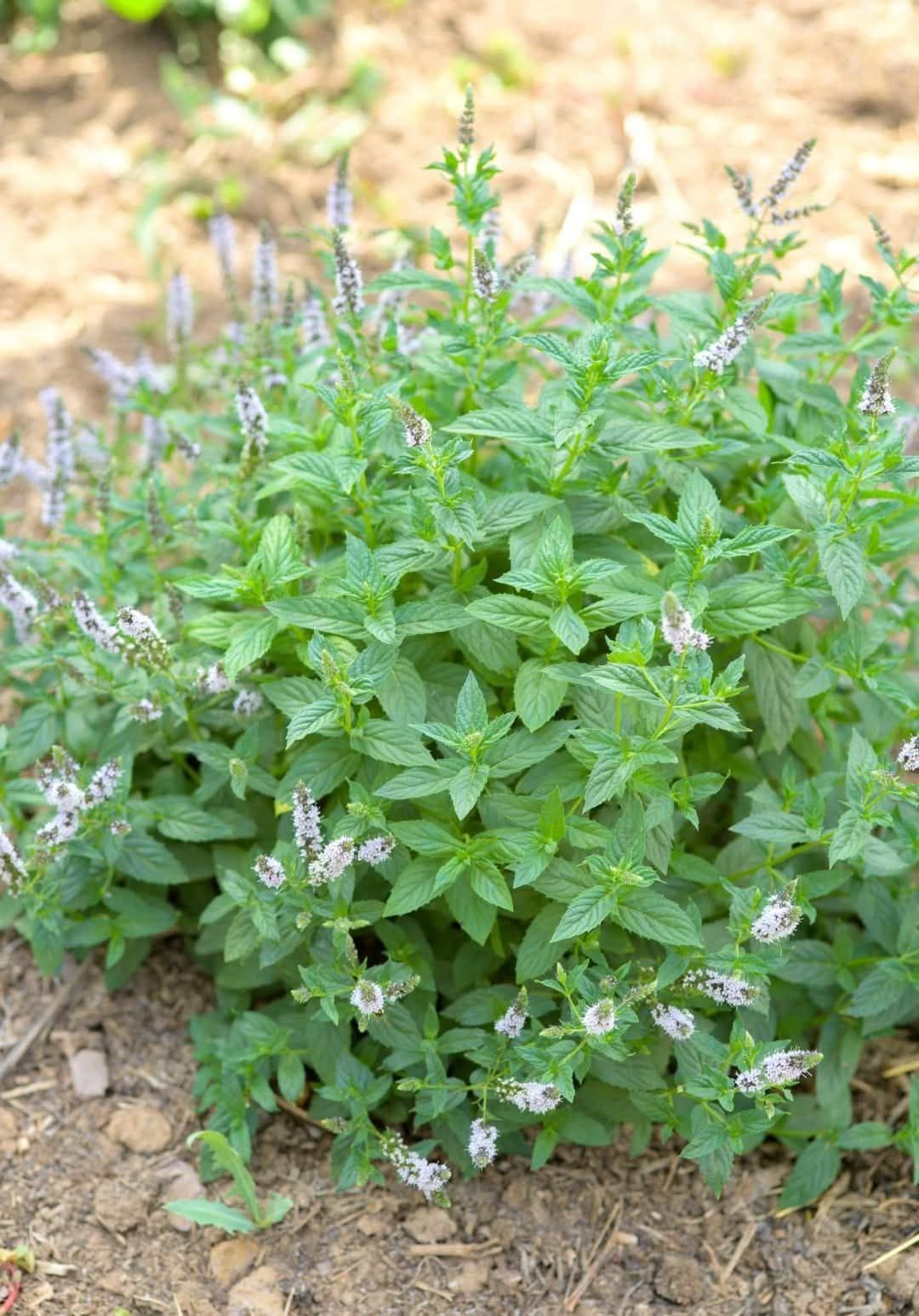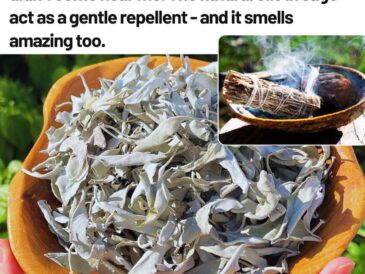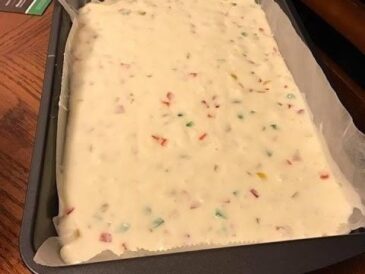Gardening is a rewarding and therapeutic activity that allows you to shape your own green space, but not all plants are ideal for every garden. While some plants seem appealing due to their beauty, fragrance, or potential uses, others can wreak havoc on your backyard. They may spread uncontrollably, harm the local ecosystem, or cause you endless maintenance problems. Before you plant anything, it’s important to consider not only the visual appeal of a plant but also its growth habits and long-term impact on your garden.
To help you make more informed decisions about your garden, we’ve compiled a list of 9 common plants you should avoid planting in your backyard. By understanding why these plants can be problematic, you can make better choices and create a garden that’s both beautiful and easy to maintain.
1. Bamboo
Why Avoid It?
Bamboo is often praised for its fast-growing nature and its ability to create a lush, green privacy screen. However, bamboo can be a nightmare in the garden. While its spreadable growth may seem appealing at first, bamboo spreads aggressively through underground rhizomes, often overtaking the area it’s planted in and spreading into neighboring yards. These rhizomes are incredibly difficult to remove once established, leading to a constant battle of containment. Bamboo has been known to invade pathways, lawns, and even garden beds, making it one of the most invasive plants to grow in the backyard.
Alternative: Instead of running bamboo, opt for clumping bamboo varieties, which grow in tighter clusters and are easier to control. You can also consider ornamental grasses like fountain grass, which can create a similar look without the invasiveness.
2. English Ivy (Hedera helix)
Why Avoid It?
English ivy may seem like a great option for covering bare fences, walls, or trellises, but it can quickly become a garden menace. While its lush green leaves are visually appealing, English ivy is known for being highly invasive. It grows rapidly and can spread unchecked across your garden, suffocating native plants and competing for resources. The vines are also known to cause damage to structures like brick walls and fences by penetrating mortar and weakening surfaces. Additionally, dense ivy growth provides a perfect hiding spot for pests and diseases, which can further harm your plants and garden.
Alternative: Choose native ground covers like creeping phlox, wild ginger, or sweet woodruff. These alternatives will provide similar coverage without overwhelming your garden.
3. Mint
Why Avoid It?
Mint is a favorite herb in many kitchens due to its refreshing flavor, but when planted in the garden, it has a tendency to spread like wildfire. Mint’s underground roots, known as runners, are extremely fast-growing and will quickly invade other parts of your garden. Before long, your mint patch can take over flower beds, vegetable plots, or any other area it can spread into. This aggressive growth can lead to frustration as you battle to keep it under control.
Alternative: To keep mint contained, plant it in pots or containers rather than in the ground. Alternatively, you could try other herbs like basil or thyme, which are less invasive.
4. Wisteria
Why Avoid It?
Wisteria is often admired for its stunning, cascading flowers that bloom in vibrant shades of purple, white, or blue, but beneath its beauty lies a plant with a dark side. Wisteria vines grow vigorously, and if not kept in check, they can become uncontrollable, quickly overtaking structures like pergolas, fences, and trees. They’re also known to strangle nearby plants and trees with their thick vines. Wisteria requires constant pruning to prevent it from becoming an unruly menace in your garden.
Alternative: Consider planting clematis or passionflower vines instead. These alternatives offer similarly beautiful flowers but are generally easier to manage and won’t wreak havoc on your garden structures.
5. Bradford Pear Tree
Why Avoid It?
The Bradford pear tree is a fast-growing ornamental tree often chosen for its lovely white spring blossoms and symmetrical shape. However, it has several drawbacks that make it less than ideal for a backyard. Bradford pear trees are notorious for their weak branches, which easily break during storms or high winds. The tree’s wood is brittle, and the branches can snap under the weight of rain or snow, leading to broken limbs and potentially damaging property. Additionally, this tree is invasive in many parts of the United States, as its seedlings can spread to wild areas, harming local ecosystems.
Alternative: Choose native trees like dogwood or redbud. These trees are both beautiful and hardy, offering similar aesthetic appeal without the structural weaknesses of the Bradford pear.
6. Kudzu
Why Avoid It?
Kudzu is often referred to as “the vine that ate the South” due to its incredibly rapid growth and invasive tendencies. Originally brought to the U.S. for erosion control, kudzu has since spread uncontrollably across many regions, covering everything in its path—trees, buildings, fences, and even entire landscapes. Once established, kudzu is nearly impossible to eradicate, as its deep root system and aggressive growth make it extremely difficult to control. It can quickly overtake other plants and wreak havoc on local ecosystems by smothering native species.
Alternative: Instead of kudzu, consider planting native vines such as coral honeysuckle or trumpet vine. These plants will still provide coverage and beauty without the invasive nature of kudzu.
7. Norway Maple (Acer platanoides)
Why Avoid It?
The Norway maple is a common landscape tree, but it’s not a good choice for many gardens. While it grows quickly and provides ample shade, its roots can quickly outcompete other plants for water and nutrients. Norway maples also have a dense canopy that blocks sunlight from reaching the ground, making it difficult for other vegetation to grow underneath. Additionally, it is known to be an invasive species in many parts of North America, threatening local biodiversity by crowding out native plants.
Alternative: Try planting a sugar maple or silver maple instead. These trees provide similar benefits in terms of shade but without the same aggressive tendencies or adverse effects on your garden’s ecosystem.
8. Morning Glory
Why Avoid It?
Morning glory vines are beloved for their vibrant flowers and fast growth, but these same qualities also make them problematic in the garden. Once planted, morning glory can quickly spiral out of control, wrapping around anything in its path—trees, shrubs, and other plants. The vines can strangle nearby vegetation, causing them to wither and die. Morning glories are notoriously hard to get rid of once established, making them a headache for gardeners who want to keep them under control.
Alternative: Consider using more manageable climbing plants like black-eyed Susan vines or sweet peas. These vines can still provide similar beauty but are much easier to control and won’t damage other plants.
9. Yellow Archangel (Lamiastrum galeobdolon)
Why Avoid It?
Yellow archangel is an attractive ground cover with variegated leaves, but it is highly invasive and can quickly take over your garden. This fast-spreading plant spreads by both runners and seeds, often escaping garden beds and invading natural areas. Once established, it can smother native plants and create a dense, impenetrable carpet that outcompetes other species. The maintenance required to keep yellow archangel in check is substantial, making it an impractical choice for most gardeners.
Alternative: Try planting less invasive ground covers like blue star creeper or ajuga. These plants are much easier to manage and will still provide lush ground cover without overtaking your garden.
Why These Plants Cause Issues
Many of the plants listed above share one or more common traits that make them problematic in gardens and landscapes. These plants are either invasive, high-maintenance, or harmful to local ecosystems. While they may appear attractive at first, their negative impacts can quickly outweigh any benefits they might provide. Here’s why these plants cause so many issues:
- Invasiveness: Many of these plants are invasive, meaning they spread rapidly and outcompete native species for resources. This can lead to a reduction in biodiversity, as native plants are pushed out by aggressive non-native species.
- Difficult to Control: Once these plants are established, they’re often nearly impossible to remove. Their aggressive growth patterns, coupled with their deep root systems, make them difficult to eradicate, requiring constant maintenance and intervention.
- Damage to Property: Some plants, like the Bradford pear and wisteria, can cause damage to structures such as fences, walls, and trees. Broken branches or vines that climb too high can lead to costly repairs.
- Resource Drain: Certain plants, like the Norway maple and kudzu, can drain resources from other plants by competing for water and nutrients. This creates an unhealthy environment for other species, leading to poor plant health and a barren landscape.
What to Look for Instead
When selecting plants for your backyard, it’s important to choose species that are well-suited to your local climate and ecosystem. Here are a few things to look for when selecting plants:
- Native species: Native plants are adapted to your region’s climate and soil, and they are less likely to become invasive. They also support local wildlife, including pollinators like bees and butterflies.
- Low-maintenance options: Choose plants that are easy to care for and don’t require constant pruning or intervention. Native plants are often low-maintenance and thrive with minimal attention.
- Non-invasive characteristics: Look for plants that grow in a controlled manner and won’t spread aggressively. Check local gardening resources for information on invasive species and avoid planting them in your backyard.
Conclusion
Gardening can be a source of great joy, but choosing the wrong plants can lead to headaches and frustration. Many plants that appear attractive at first glance can quickly turn into invasive species or high-maintenance problems that take over your garden. By avoiding these nine common plants and opting for more controlled, native alternatives, you can create a beautiful and thriving garden that’s both low-maintenance and eco-friendly.





